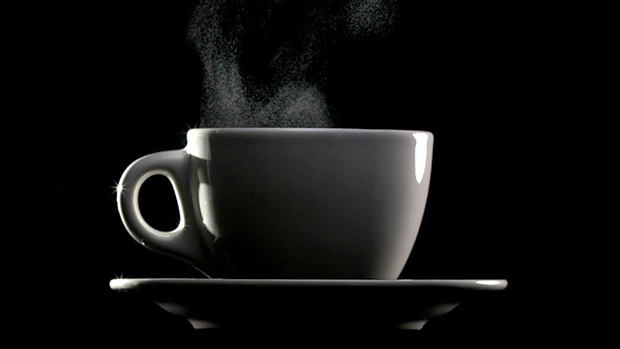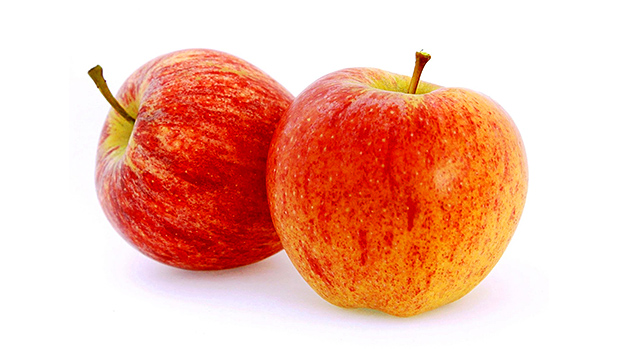14 Pounds of Fat in a Year?
Green tea, made from the steeped leaves of camellia sinensis, allegedly benefits almost every organ system in the body. It may be cardioprotective, liver protective, artery clearing, cancer fighting, and anti-diabetic.
It also helps your body lose fat, and if a group of Dutch scientists are right, you lose almost 6 grams of fat for every cup you drink. That means that if you drank three pinky-elevated cups a day, you could lose as much as 14 pounds of fat in a year.
The Dutch scientists pulled together 39 previously published studies on green tea and fat loss and looked at the collective results. While there was some variance between the studies, green tea elevated energy expenditure by about 4.7 percent.
Green tea burns fat by some nifty biochemical cooperation between caffeine and a catechin called epigallocatechin-3-gallate, or EGCG. Together they cause fat cells to release their blubbery contents into the bloodstream where they're ferried off to muscles and organs to supply energy.
The researchers found that every milligram of this caffeine/catechin alliance kicked up the amount of fat burned by the body by about 0.02 percent. Given that the average amount of caffeine in a cup of green tea is about 30 mg and the average amount of catechin is about 253 mg, you get a caffeine/catechin total of 283 mg.
Multiply that by the 0.02 percent fat-burning figure derived by the researchers and you get 5.7 grams burnt from every cup of green tea. Drink three a day and that adds up to 6.2 kilograms, or about 14 pounds of fat burned each year.
Remarkably, you can eke even more fat-burning out of green tea by popping some fish oil with it, as the fish oil increases the bioavailability of catechins. One capsule with one cup of tea should work nicely.
If you're not a green tea fan, you can get your EGCG in Superfood, along with a wheelbarrow full of other healthy stuff.
- Hursel R, et al. "The effects of catechin rich teas and caffeine on energy expenditure and fat oxidation: a meta-analysis." Obes Rev. 2011 Jul;12(7):e573-81.




